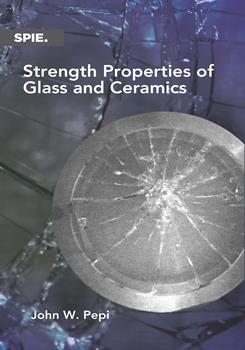|
|
|
|
CITATIONS
Etching
Annealing
Ceramics
Glasses
Polishing
Precision optics
Surface finishing


